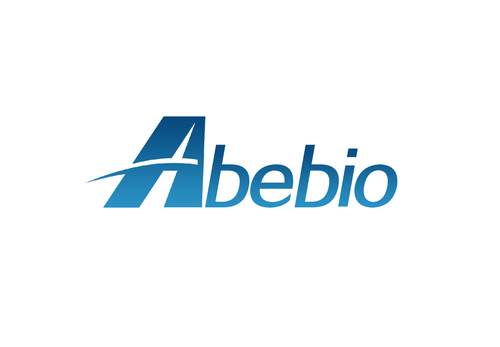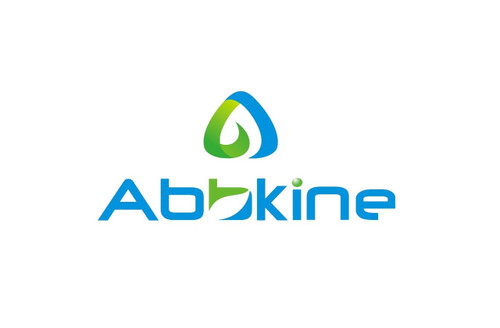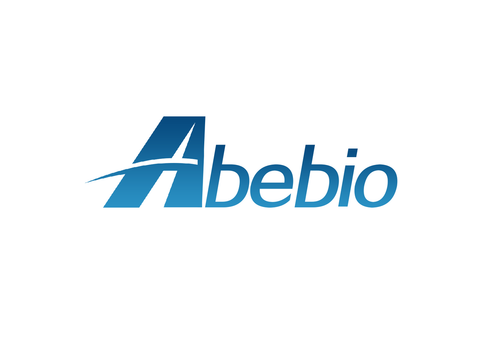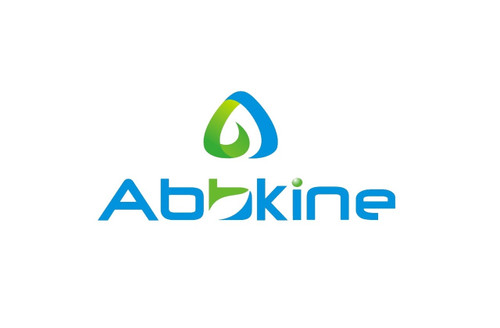Product Description
Human Extracellular sulfatase Sulf-2 (SULF2) ELISA Kit | AE15867HU | Abebio
Species Reactivity: Human (Homo sapiens)
Abbreviation: SULF2
Alternative Name: RP5-1049G16.1; DKFZp313E091; FLJ44488; FLJ90554; HSULF-2; KIAA1247; MGC126411; extracellular sulfatase SULF-2
Application: ELISA
Range: 0.312-20 ng/mL
Sensitivity: 0.121 ng/mL
Intra-Assay: ≤4.2%
Inter-Assay: ≤7.5%
Recovery: 0, 98
Sample Type: Serum, Plasma, Other biological fluids
Detection Method: Sandwich
Analysis Method : Quantitive
Test Principale: This assay employs a two-site sandwich ELISA to quantitate SULF2 in samples. An antibody specific for SULF2 has been pre-coated onto a microplate. Standards and samples are pipetted into the wells and anySULF2 present is bound by the immobilized antibody. After removing any unbound substances, a biotin-conjugated antibody specific for SULF2 is added to the wells. After washing, Streptavidin conjugated Horseradish Peroxidase (HRP) is added to the wells. Following a wash to remove any unbound avidin-enzyme reagent, a substrate solution is added to the wells and color develops in proportion to the amount of SULF2 bound in the initial step. The color development is stopped and the intensity of the color is measured.
Product Overview: Sulfatase 2contains an N-terminal signal sequence, followed by a sulfatase domain, a hydrophilic region, and a C-terminal substrate recognition domain.SULF2 shares about 64% identity with SULF1 and 94% identity with mouse Sulf2. PCR detected SULF2 expression in most human tissues examined, with highest levels in ovary, skeletal muscle, stomach, brain, uterus, heart, kidney, and placenta. Western blot analysis of transfected Chinese hamster ovary (CHO) cells and culture medium detected SULF2 proteins with apparent molecular masses of 132, 64, and 60 kD in the culture medium. Treatment with furin inhibitors resulted in a single 132-kD species, and treatment with N-glycanase reduced the molecular mass from 132 kD to 100 kD.
Stability: The stability of ELISA kit is determined by the loss rate of activity. The loss rate of this kit is less than 5% within the expiration date under appropriate storage condition. The loss rate was determined by accelerated thermal degradation test. Keep the kit at 37°C for 4 and 7 days, and compare O.D.values of the kit kept at 37°C with that of at recommended temperature. (referring from China Biological Products Standard, which was calculated by the Arrhenius equation. For ELISA kit, 4 days storage at 37°C can be considered as 6 months at 2 - 8°C, which means 7 days at 37°C equaling 12 months at 2 - 8°C) .
 Euro
Euro
 USD
USD
 British Pound
British Pound
 NULL
NULL








